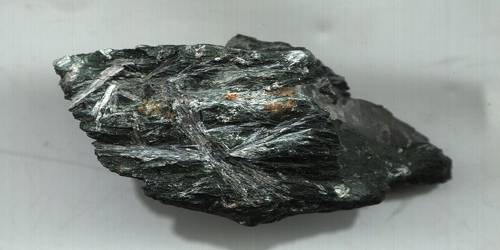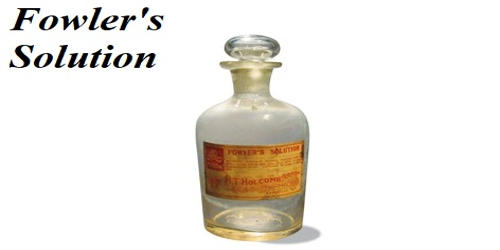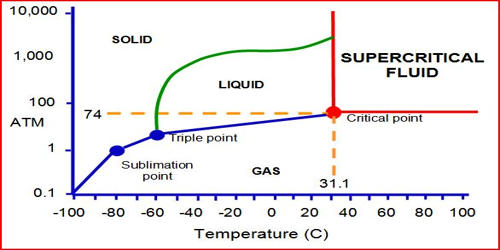Anthophyllite is quite a rare stone that belongs to the Amphibole group. It is an amphibole mineral: Mg2Mg5Si8O22(OH)2, magnesium iron inosilicate hydroxide. It’s a magnesium iron inosilicate hydroxide. Anthophyllite deposits exist only in a few geographic locations, such as the USA and the Nordics.
Anthophyllite is polymorphic with cummingtonite. Some forms are lamellar or fibrous and are classed as asbestos. The name is derived from the Latin word anthophyllum, meaning clove, an allusion to the most common color of the mineral.
General Information
- Category: Inosilicates Amphibole
- Formula: Mg2Mg5Si8O22(OH)2
- Crystal system: Orthorhombic
- Crystal class: Dipyramidal (mmm)
- Space group: Pnma
- Unit cell: a = 18.5, b = 17.9, c = 5.28 [Å]; Z = 4
- Fracture: Conchoidal.

Properties
- Color: Gray to green, brown, and beige
- Crystal habit: Rarely as distinct crystals. Commonly lamellar or fibrous.
- Cleavage: Perfect on {210}, imperfect on {010}, {100}
- Tenacity: Brittle; elastic when fibrous
- Mohs scale hardness: 5.5 – 6
- Luster: Vitreous, pearly on cleavage
- Streak: White to gray
- Diaphaneity: Transparent to translucent
- Specific gravity: 2.85 – 3.2
Occurrence
Anthophylite is the product of metamorphism of magnesium-rich rocks, especially ultrabasic igneous rocks, and impure dolomitic shales. It also forms a retrograde product rimming relict orthopyroxenes and olivine, and as an accessory mineral in cordierite-bearing gneisses and schists. The mining of Anthophyllite started in Finland in 1890. Since that time, smaller deposits were mined in Georgia and North Carolina in the USA
Anthophyllite also occurs as a retrograde metamorphic mineral derived from ultramafic rocks along with serpentinite. Geographically, it occurs in Pennsylvania, southwestern New Hampshire, central Massachusetts, Franklin, North Carolina, and in the Gravelly Range and the Tobacco Root Mountains of southwest Montana.
Information Source:
















